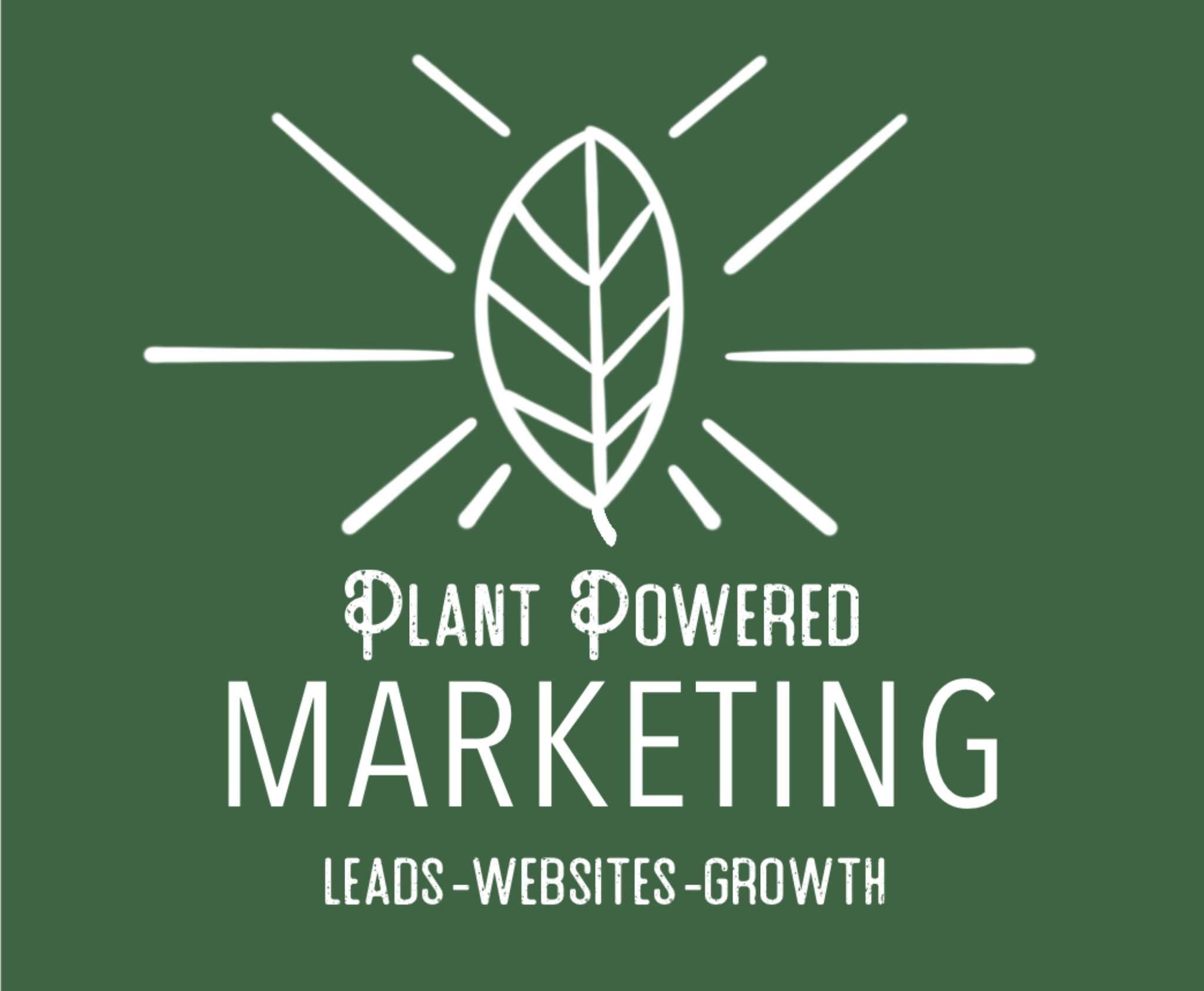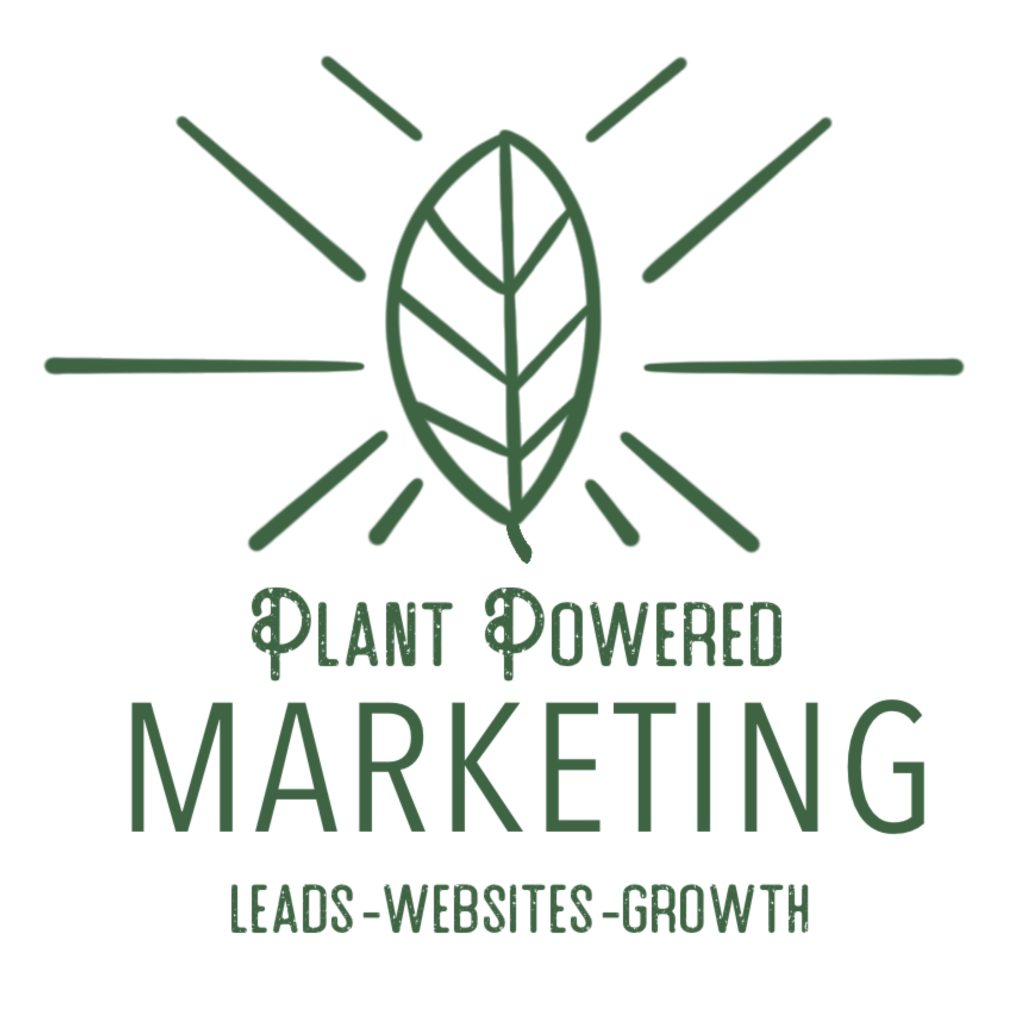A user-friendly website is one that removes friction, delivers clarity, and makes navigation effortless. At Plant Powered Marketing, we’ve learned that when visitors don’t have to think twice about where to click or what to do next, conversion rates rise, bounce rates fall, and brand trust grows.
So what truly makes a website user-friendly? The answer lies in five core principles: intuitive navigation, responsive design, fast load times, accessible content, and clear calls to action. This article unpacks these essentials, along with expert development tips to help you implement them with precision and purpose.
Why User-Friendly Websites Matter More Than Ever
User-friendly websites aren’t just nice to have they’re essential for growth. Whether you’re running an eCommerce store or a service-based business, your site’s UX (User Experience) directly impacts:
- Bounce rates (how quickly people leave your site)
- Conversion rates (how often visitors take action)
- SEO rankings (Google prioritizes usability)
- Brand perception (a clunky site damages credibility)
Bonus Tip: Google’s Page Experience update puts heavy weight on usability metrics make sure your Core Web Vitals are optimized.
Key Elements of a User-Friendly Website
1. Intuitive Navigation
Visitors should never wonder where to click next. Your site structure should feel natural and guide users effortlessly.
Best Practices:
- Use a clear, consistent menu
- Limit top-level nav items to 5–7 max
- Make CTAs easy to spot
- Include a search bar for large sites
2. Mobile Responsiveness
With over 60% of web traffic coming from mobile devices, your site must perform flawlessly across all screen sizes.
| Device Type | Key Design Considerations |
|---|---|
| Desktop | Full-width layouts, hover effects |
| Tablet | Simplified menus, touch targets |
| Mobile | Stacked content, larger tap areas |
Bonus Tip: Use mobile-first development to ensure lightweight, fast-loading mobile experiences from the start.
3. Fast Page Load Times
Speed is critical. A 1-second delay can reduce conversions by 7%. Users expect lightning-fast performance and Google does too.
Optimize Speed With:
- Compressed images
- Minified CSS/JS
- Fast hosting and CDN integration
- Lazy loading for media
4. Accessible and Inclusive Design
Accessibility isn’t just ethical it’s also good business. Making your website usable for everyone expands your audience and avoids legal risks.
Quick Accessibility Wins:
- Alt text for images
- High-contrast color schemes
- Keyboard-friendly navigation
- Descriptive link labels
5. Clear Calls to Action (CTAs)
Every page should guide users toward a next step whether it’s downloading a guide, booking a consult, or making a purchase.
Effective CTAs:
- Use strong action verbs
- Place them “above the fold.”
- Match them to page intent (e.g., “See Pricing,” “Get Started,” “Download Now”)
Things to Know Before You Build or Redesign
Pre-Launch UX Checklist
- Test on all major browsers and devices
- Ensure loading speed under 3 seconds
- Verify form functionality and error messaging
- Check link structures and menu logic
Cost vs. Performance Balance
While custom UX improvements can be an investment, they often pay for themselves in higher conversion rates and lower bounce.
Comparison: User-Friendly Features vs. Outdated Practices
| Feature | User-Friendly Site | Outdated Site |
|---|---|---|
| Navigation | Clear, consistent, minimal | Cluttered, inconsistent, overwhelming |
| Mobile Responsiveness | Optimized for all screens | Desktop-only layout |
| Load Speed | < 3 seconds | 5+ seconds, unoptimized |
| Accessibility | Inclusive, ADA-compliant | Poor contrast, no alt text |
| CTA Design | Bold, action-oriented | Hidden, passive text |
Trending Discussions: UX in 2025
- AI-Powered Personalization: More sites are tailoring content and layouts based on user behavior.
- Voice Search Readiness: With smart devices on the rise, optimizing for voice is gaining traction.
- Sustainable Web Design: Reducing data transfer and energy usage is becoming a UX priority.
Ready to Achieve Better Conversions & Usability?
A user-friendly website isn’t just a design upgrade it’s a business advantage. Let Plant Powered Marketing help you translate best practices into real performance gains. Apply these insights now: schedule your free website consultation today.
Contact Us:
+1 360-519-5100
[email protected]
Your UX Questions Answered by Plant Powered Marketing
How can I tell if my website is user-friendly?
Use tools like Google Lighthouse, Hotjar, or Crazy Egg to track user behavior, loading speed, and mobile responsiveness.
Do I need to redesign my whole site?
Not necessarily. Often, improving navigation, speed, and CTAs can significantly boost usability without a full redesign.
How much does UX affect SEO?
Hugely. UX metrics like bounce rate, dwell time, and mobile usability directly impact your Google rankings.
What are the best tools for UX testing?
Try tools like:
- Google Analytics (behavior flow)
- Hotjar (heatmaps)
- GTmetrix (speed)
- WAVE (accessibility testing)
Can you help me improve my current site?
Absolutely. We specialize in crafting high-performance, user-friendly websites that drive results.

